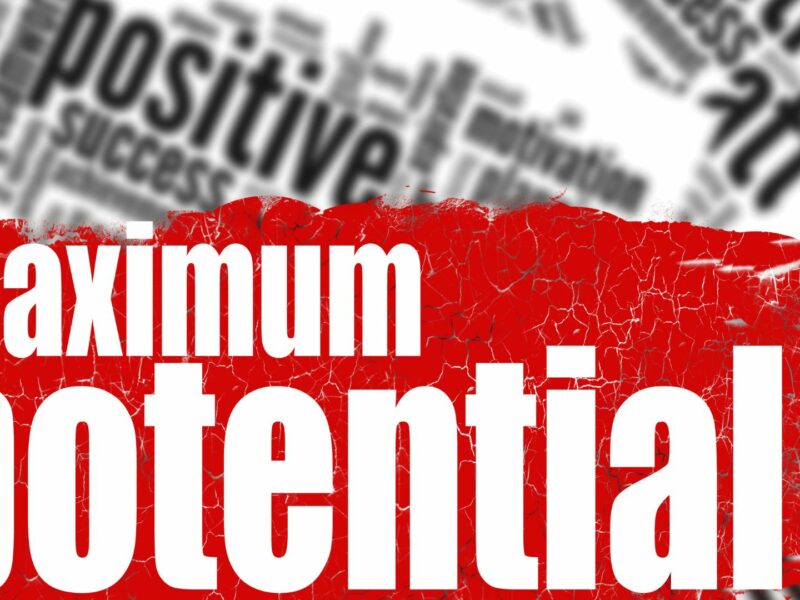No one wants to be just another name in a crowd. We all want to feel unique, like our needs and preferences matter. But when it comes to the performing arts, how can organizers provide program books that meet the needs of an increasingly diverse audience? The answer lies in the ‘hybrid model’ approach. This versatile solution provides a personalized program book experience to match the needs of every audience member. From the new generation of audience members who prefer on-demand digital content to the more traditional generation who might prefer a physical paper program book, both generations and everyone in between can have their desired experience with the hybrid program book model.
Understanding the Traditionalists
The traditionalists are the group of audience members who value certain long-standing aspects of performances. Often comprised of an older generation, they generally prefer physical materials like a printed entrance ticket, printed program book, and a mailed thank you letter or season lineup flyer. Part of this stems from their desire for a tactile, familiar experience, and their inclination towards physical memorabilia for sentimental value.
Embracing the New Generation
The new generation is a vibrant, younger segment of performing arts audiences, often including first-time attendees. This group values on-demand program book content instead of printed program books, along with mobile access to services like ticket purchases, relevant promotions, and upcoming season information. They are absolutely comfortable with digital technologies and often desire an interactive or multimedia aspect to any performance experience. For the new generation, convenience, customization, and accessibility are at the top of their list.
The Hybrid Model: a Versatile Solution
The hybrid program book model provides a versatile solution to the challenge of engaging the entire diverse audience, no matter which demographic or generation they belong to. And it combines the benefits of both printed and digital program books in one offering. This model calls for creating a digital program book, satisfying the new generation’s hunger for convenient, on-demand access to program information. It then adds a short, well-designed paper program book to complement the digital piece, satisfying the need of traditionalists for a physical keepsake of the performance. With this approach, every audience member will find their needs are being met.
Designing for Traditionalists: the Printed Component
In the hybrid model, the digital program book will contain the full event details. So instead of repeating that information, the printed component should focus on providing the more special and memorable keepsake content. Keep the format short, a one-page trifold or an 8-page booklet at most. Also look to incorporate traditional design elements such as elegant typography, high-quality paper, and tactile features. All of this supports the importance of preserving the collectible and keepsake qualities for the traditionalists in the audience.
Engaging the New Generation: the Digital Component
The digital component will engage the new generation, so it’s important to include design elements that speak to them. This may include interactive features like surveys or clickable links, multimedia content like video clips and images, and social media integrations like posts, comments and behind-the-scenes content. You can further explore options for interactive elements such as adjustable font sizes, custom design pieces, and personalized recommendations. All of these increase the potential for attracting and retaining the new generation.
Balancing the Blend: Seamlessly Integrating Digital and Printed Elements
The hybrid model can provide a seamless, integrated experience that engages and delights all audience members. To achieve this, your design strategy should blend the digital and printed components so they complement each other. For example, the digital component may include a link to download and print the printed component later. And the printed component should explain how to text or scan a code to access the digital material. Remember to maintain consistency in design, messaging, and branding across both components. Together, the two parts will create a cohesive and engaging experience.
What’s Next for Your Hybrid Program Book Approach?
The hybrid model offers tremendous benefits in meeting the diverse needs of traditionalists and the new generation, bridging the generation gap and creating a unified experience for all audience members. Whether you value the interactive, on-demand content or the elegant printed keepsake, the hybrid program book model has something for everybody. If you’re ready to embrace the versatility of hybrid program books, contact us to learn more. With the Free Community version of our Audience Access offering, you can explore the hybrid model firsthand and experience all of its benefits. And be sure to follow the conversation in our blog for more updates on this exciting new approach.


